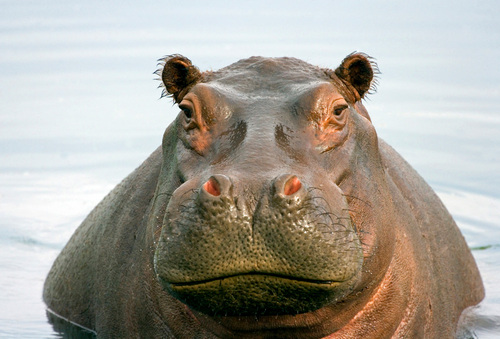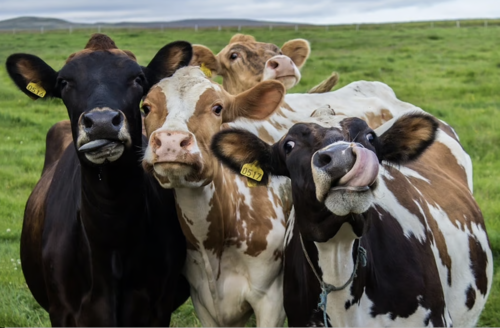When we think of animal sounds, we often envision roars, howls, or chirps. However, one sound that might surprise you is the fart. Some animals are known for producing remarkably loud and even impressive flatulence. In this article, we will explore which animal holds the title for the loudest fart, the science behind these sounds, and the fascinating adaptations that lead to such noisy expulsions.
The animal renowned for having the loudest fart is none other than the hippopotamus (Hippopotamus amphibius). Hippos are capable of producing farts that can reach up to 115 decibels, making their flatulence louder than a rock concert or a jet flyover!
Digestive System: Hippos have a unique digestive system that ferments their plant-based diet in their large intestines, producing significant amounts of gas. This fermentation process is similar to that of cows but on a larger scale due to the hippo's size.
Body Size: With their massive bodies, the expulsion of gas creates a loud sound. The sheer volume of air combined with the force of the release contributes to the impressive noise.

Farting, or flatulence, is a natural part of digestion for many animals. It results from the breakdown of food, especially fibrous plant materials, which produce gas as a byproduct. The noise produced during flatulence can vary widely among species and is influenced by several factors.
Size of the Animal: Larger animals tend to produce louder sounds due to their greater mass and the larger volume of gas being expelled.
Diet: Animals that consume high-fiber diets, such as herbivores, often produce more gas. The fermentation process in their digestive systems leads to increased gas production.
Anatomy: The structure of an animal's digestive tract can also affect the sound. For instance, animals with more pronounced intestines may produce louder noises.
While the hippo may take the crown for the loudest fart, several other animals are known for their impressive flatulence.
Cows are famous for their gaseous emissions, with their farts reaching around 90 decibels. Their high-fiber diet leads to significant gas production, contributing to the infamous "cow fart" phenomenon.

Dogs can also produce surprisingly loud farts, particularly large breeds. Their digestive systems can generate considerable gas, leading to loud and often amusing expulsions.

While generally quieter than dogs, some cats can produce notable farts. Their smaller size means their farts are less loud but can still catch their owners off guard.

Interestingly, animal flatulence has ecological implications, particularly concerning greenhouse gases. Ruminants, like cows and hippos, produce methane during digestion, a potent greenhouse gas contributing to climate change.
Researchers are exploring ways to reduce methane emissions from livestock through dietary adjustments and fermentation inhibitors, which could help lessen their environmental impact.
The hippopotamus holds the title for the loudest fart in the animal kingdom, with an impressive volume of up to 115 decibels. While this may seem humorous, it highlights the complex processes involved in digestion and the fascinating adaptations of animals. Understanding the reasons behind these loud expulsions offers insight into the ecological and biological roles of flatulence in various species. Whether it's a hippo's roar or a cow's grunt, the sounds of nature continue to amuse and intrigue us, reminding us of the extraordinary diversity of life on Earth.
We created this article in conjunction with AI technology, then made sure it was fact-checked and edited by a Animals Top editor.